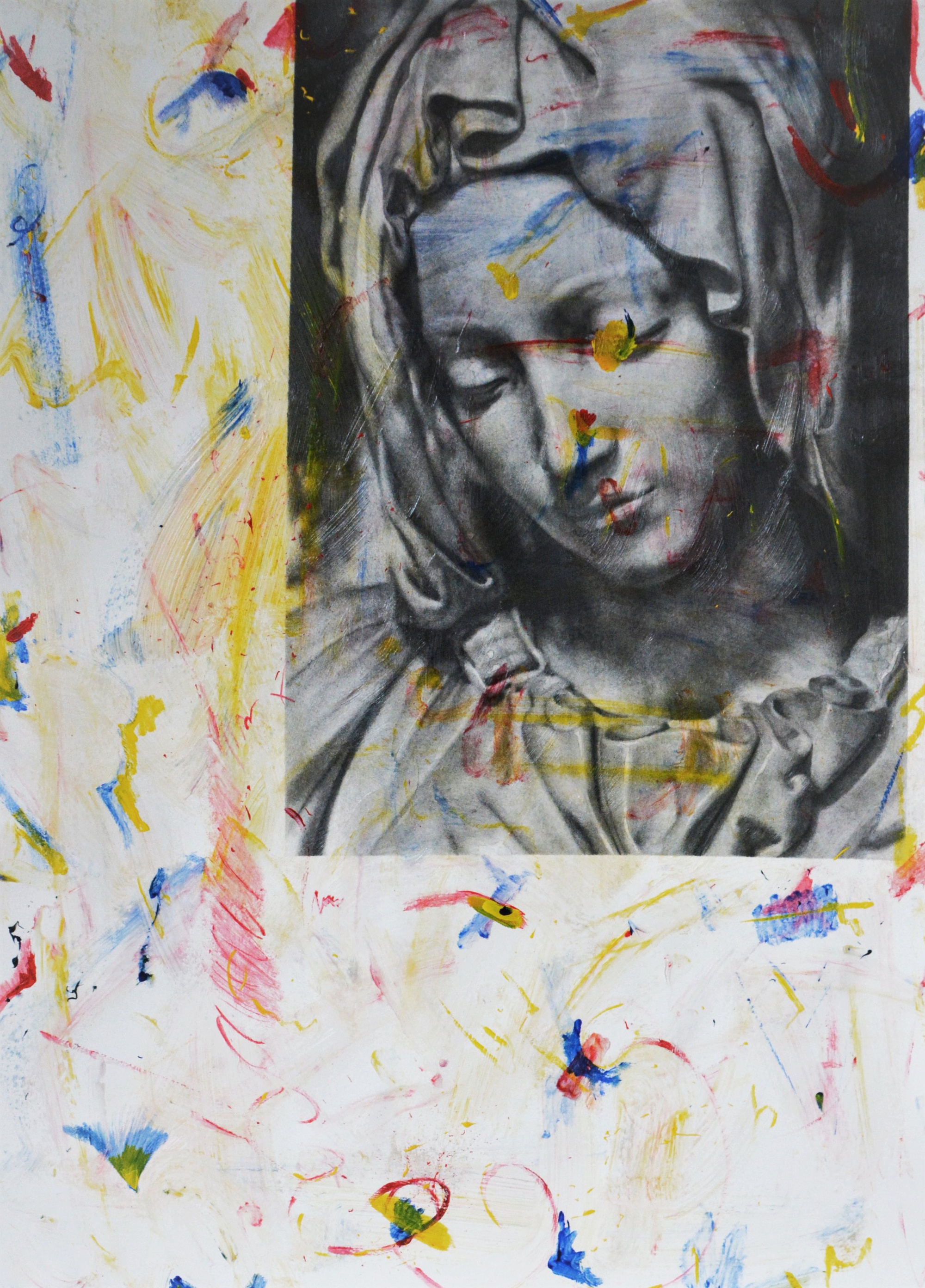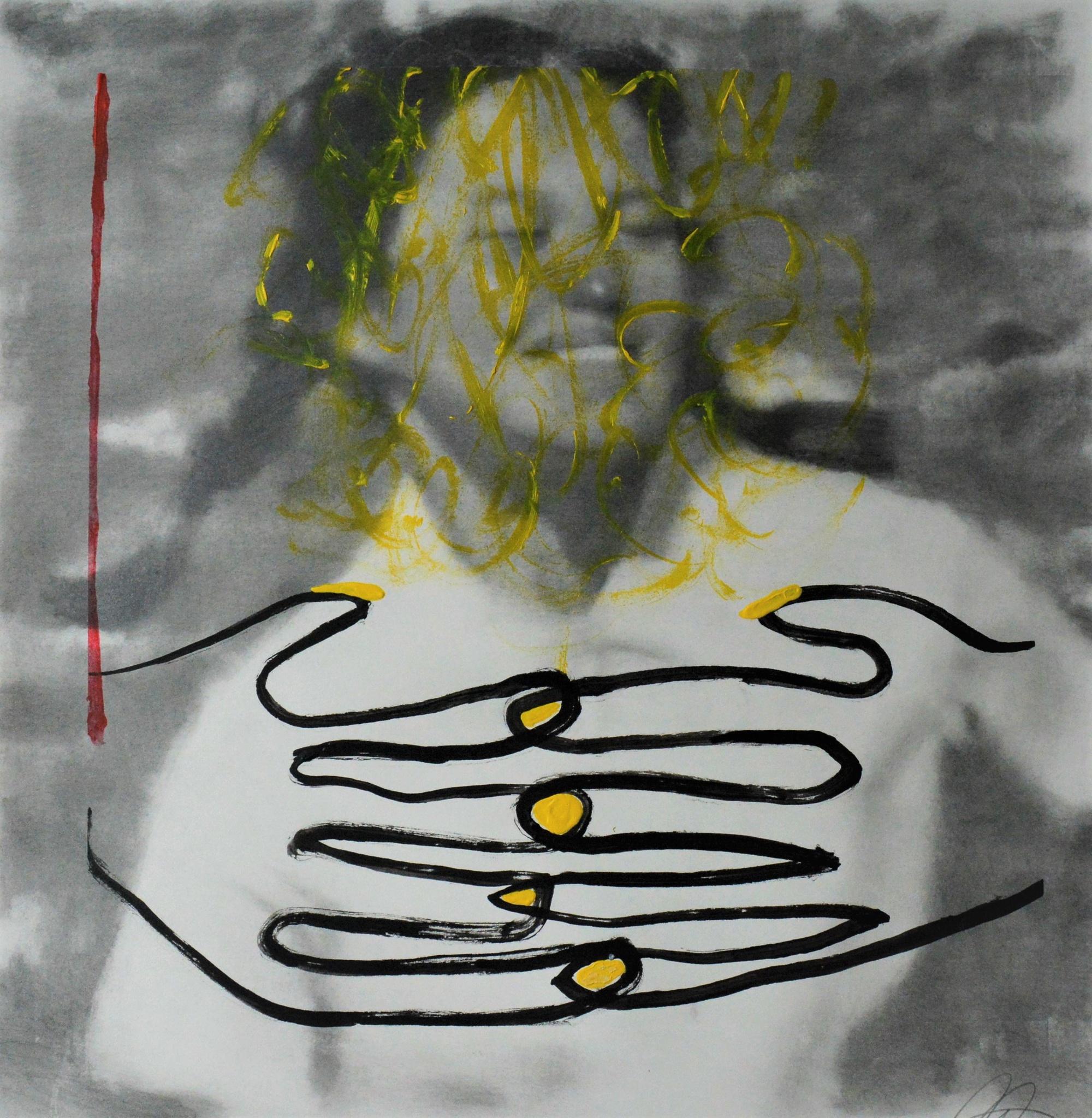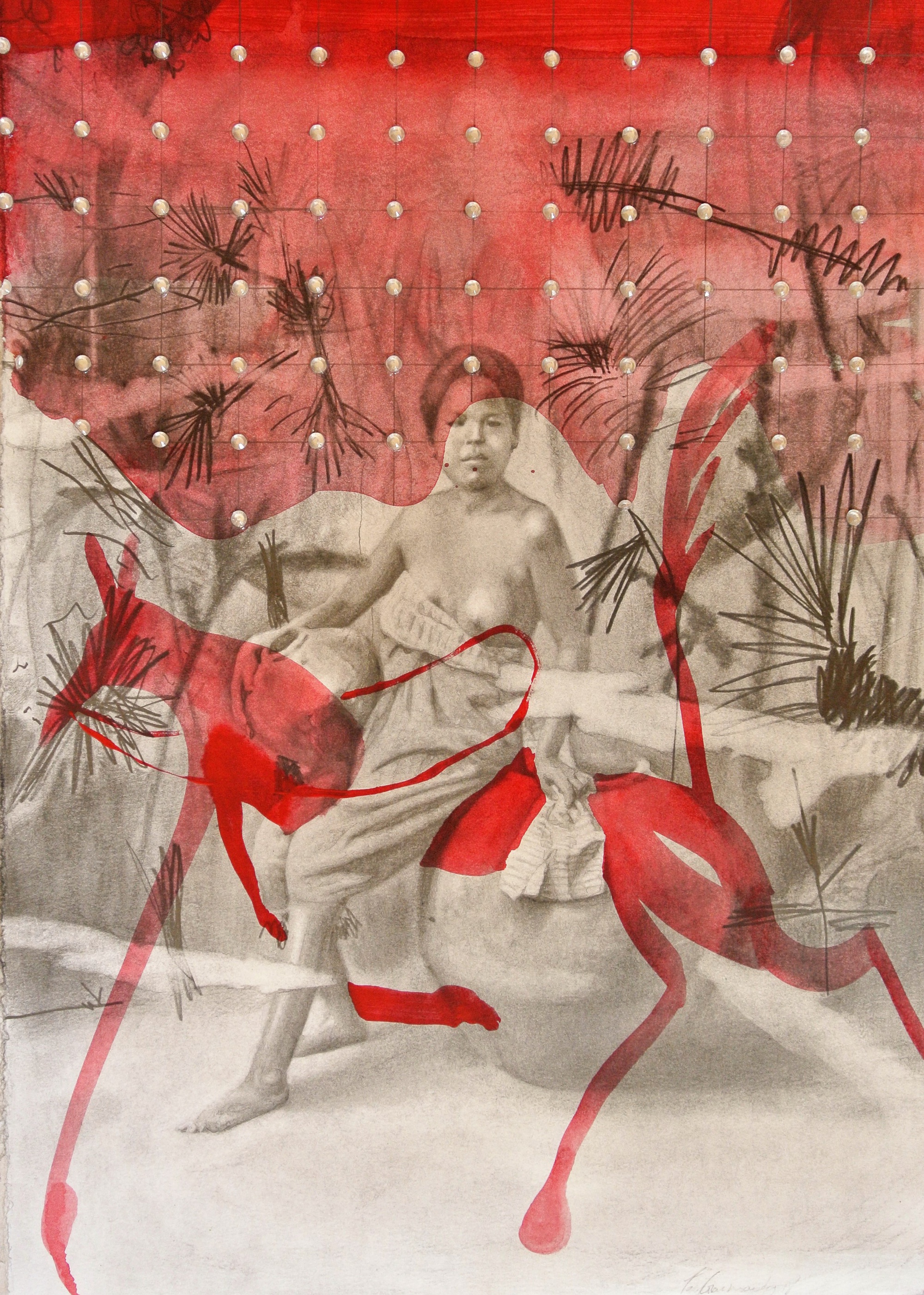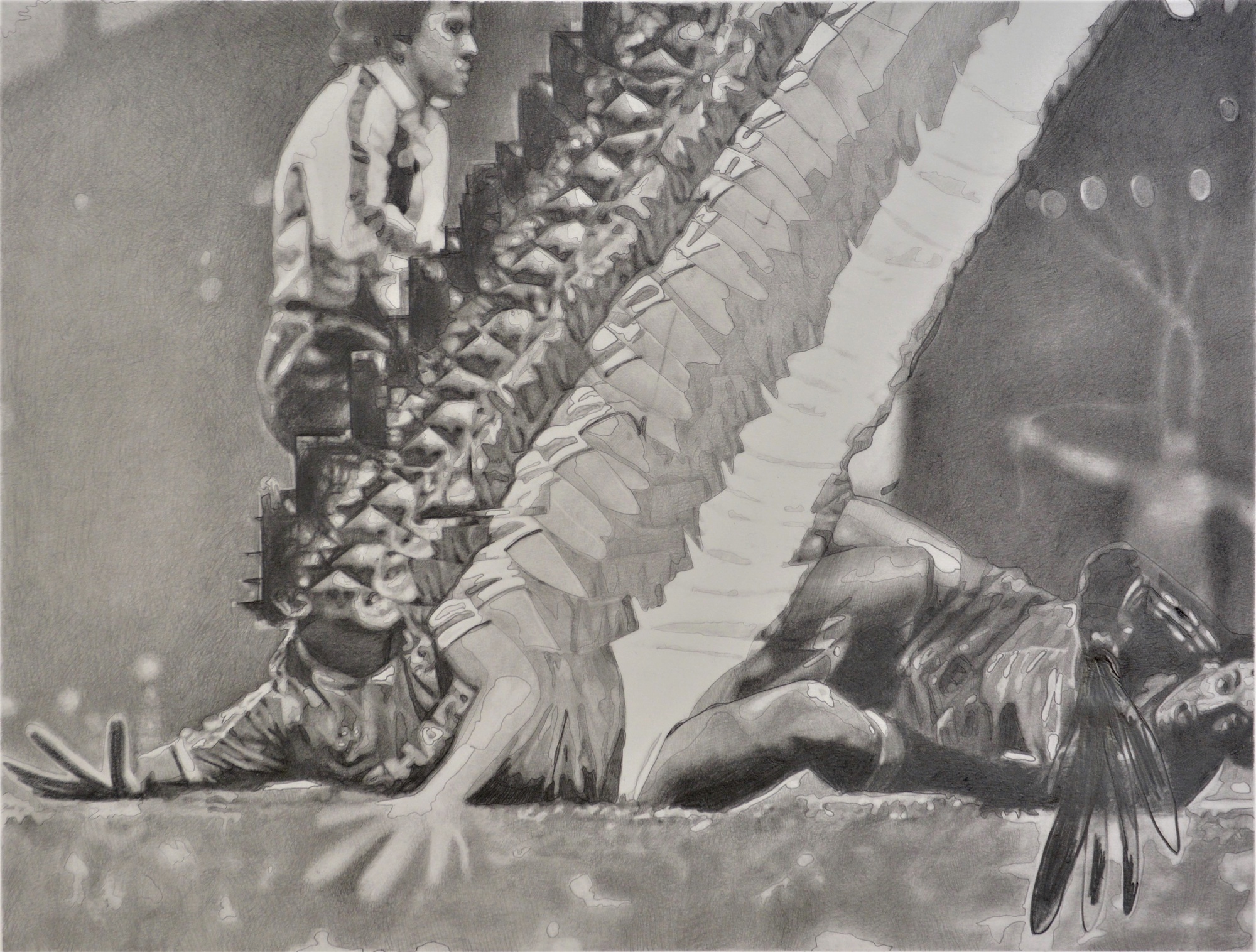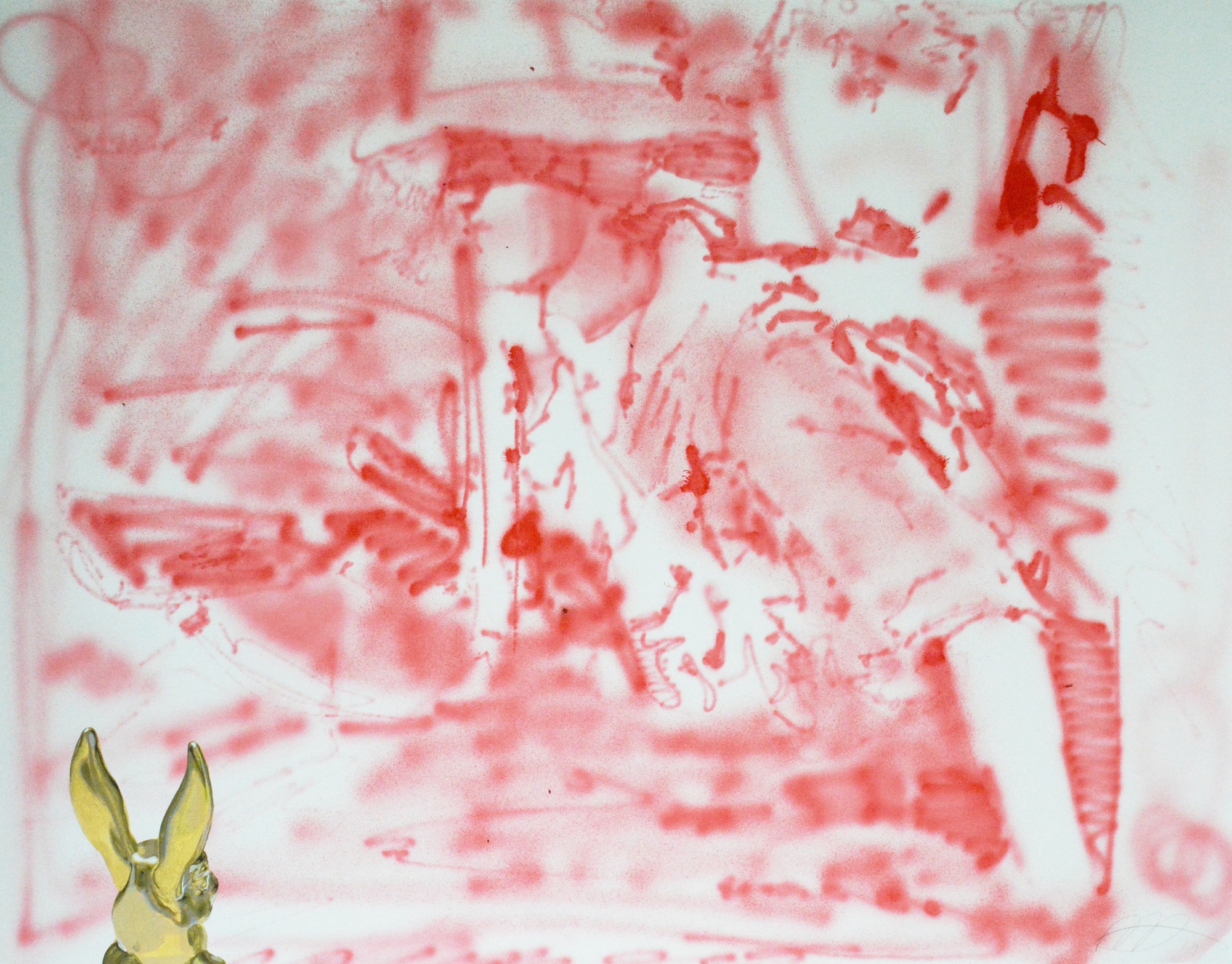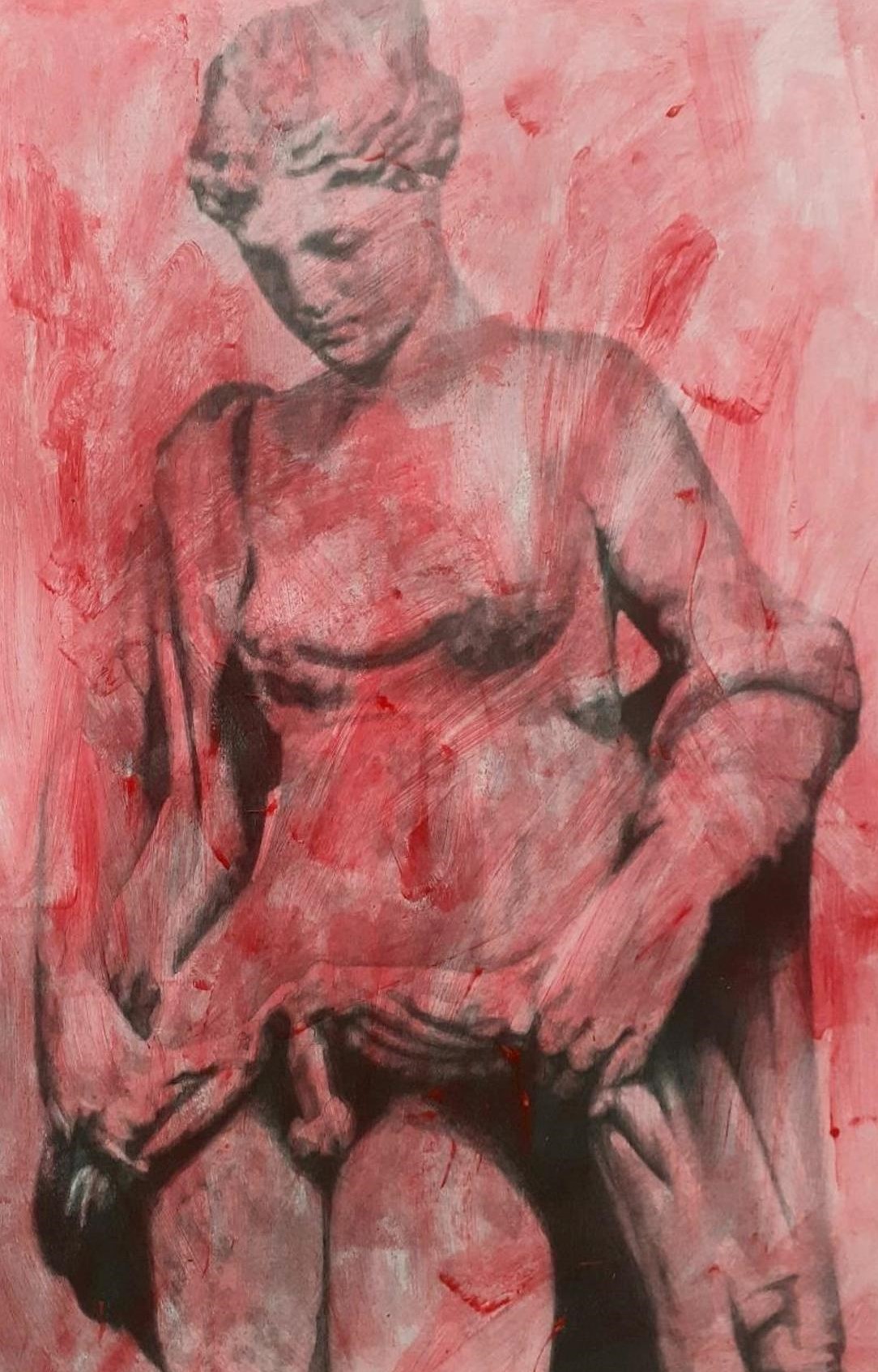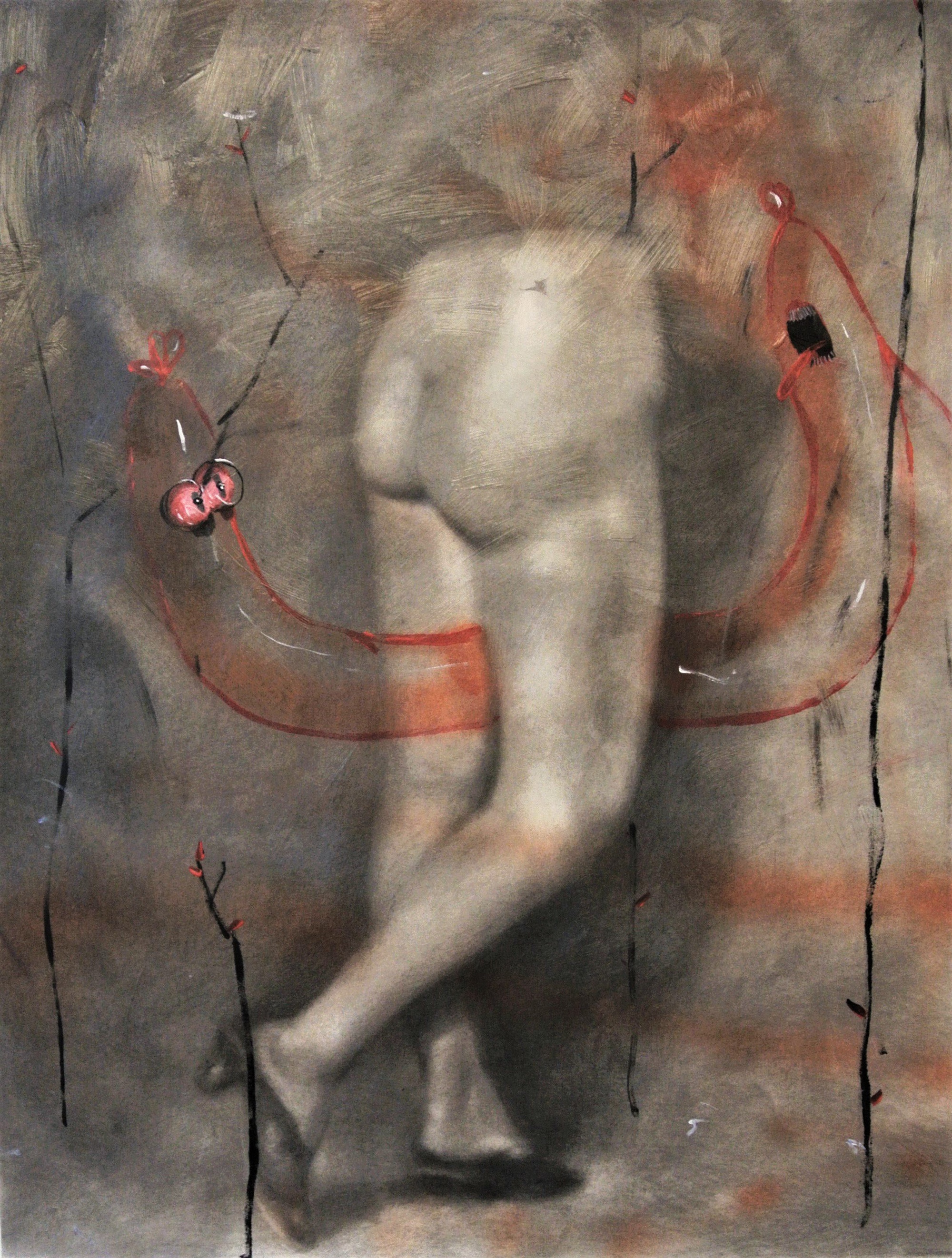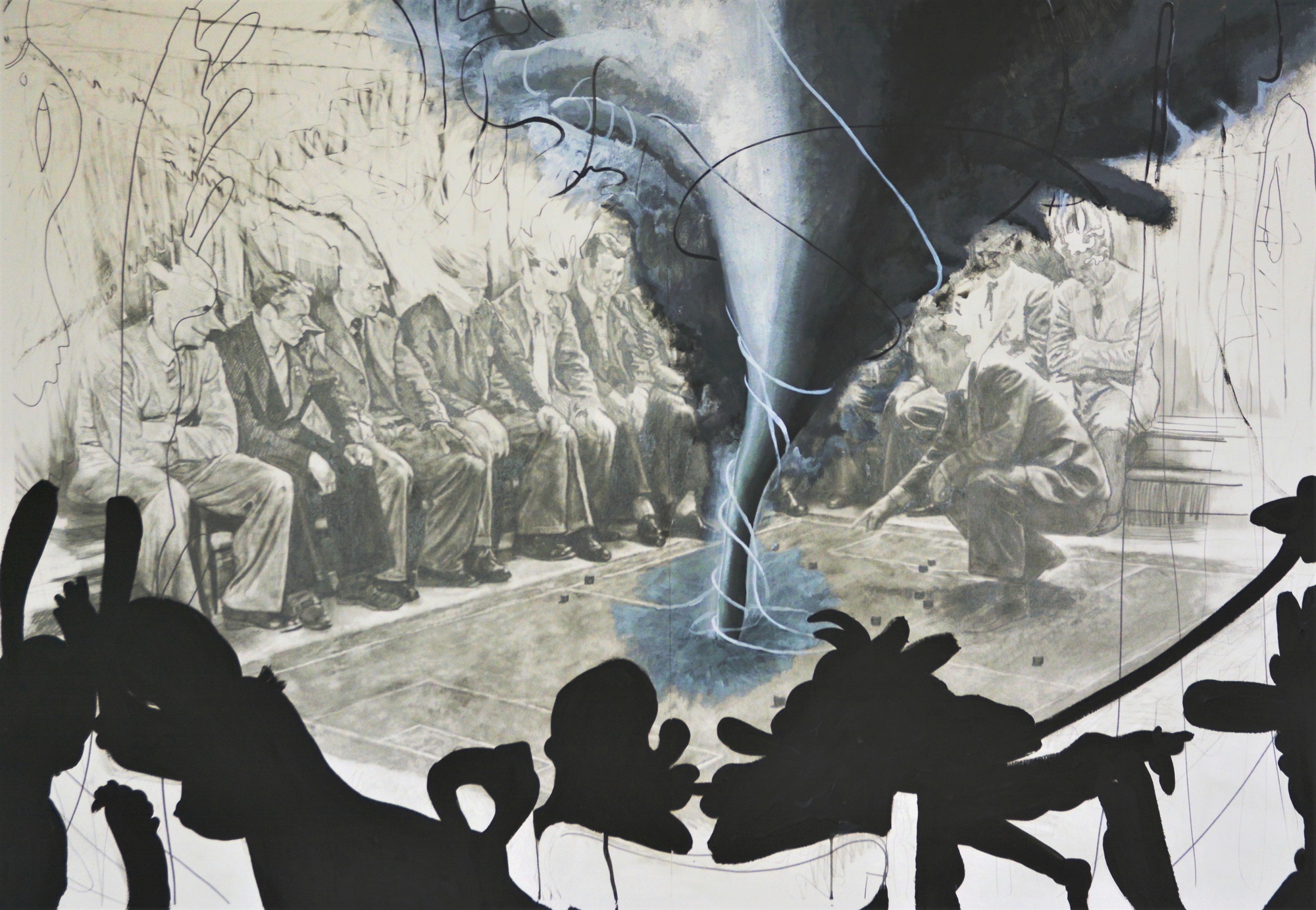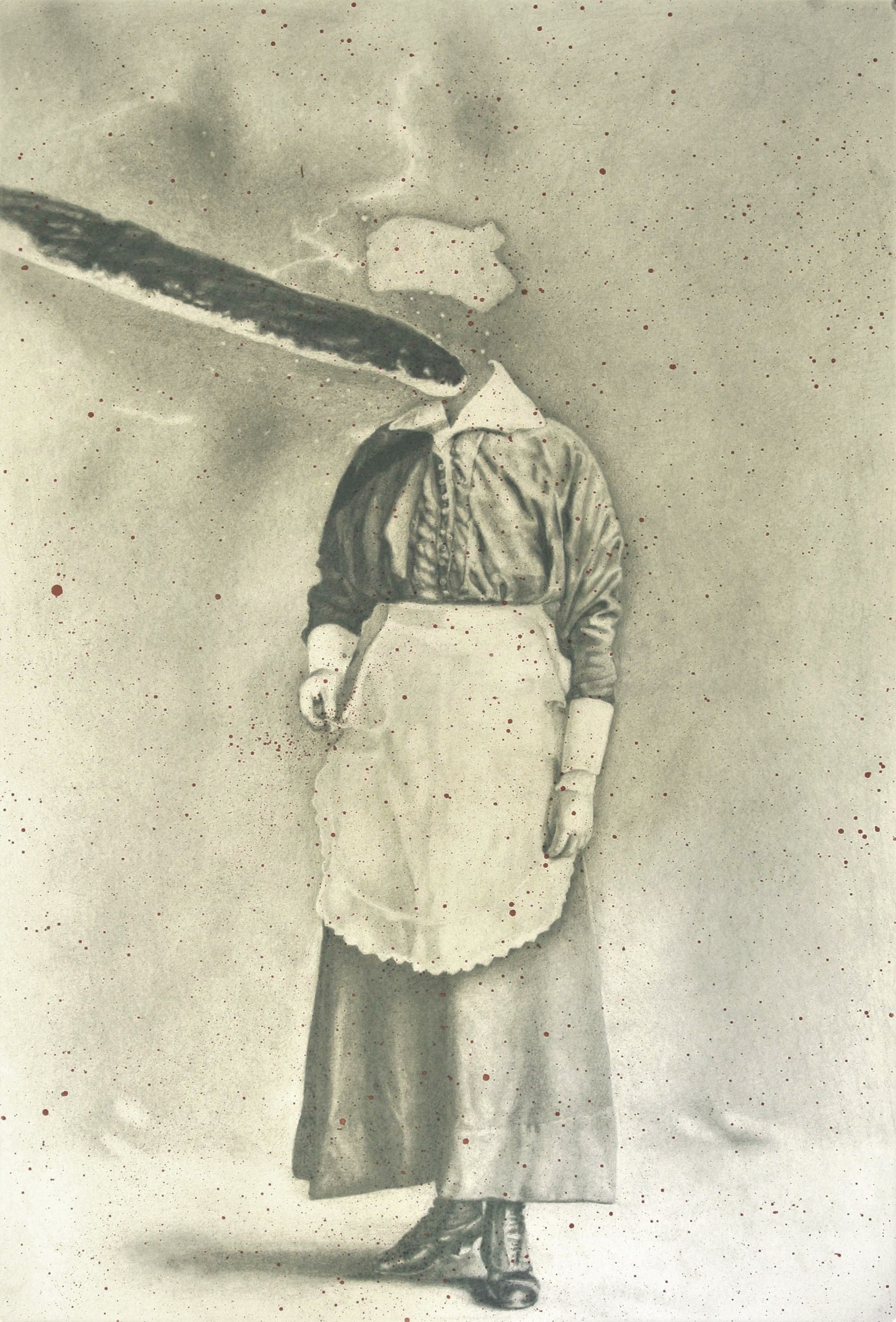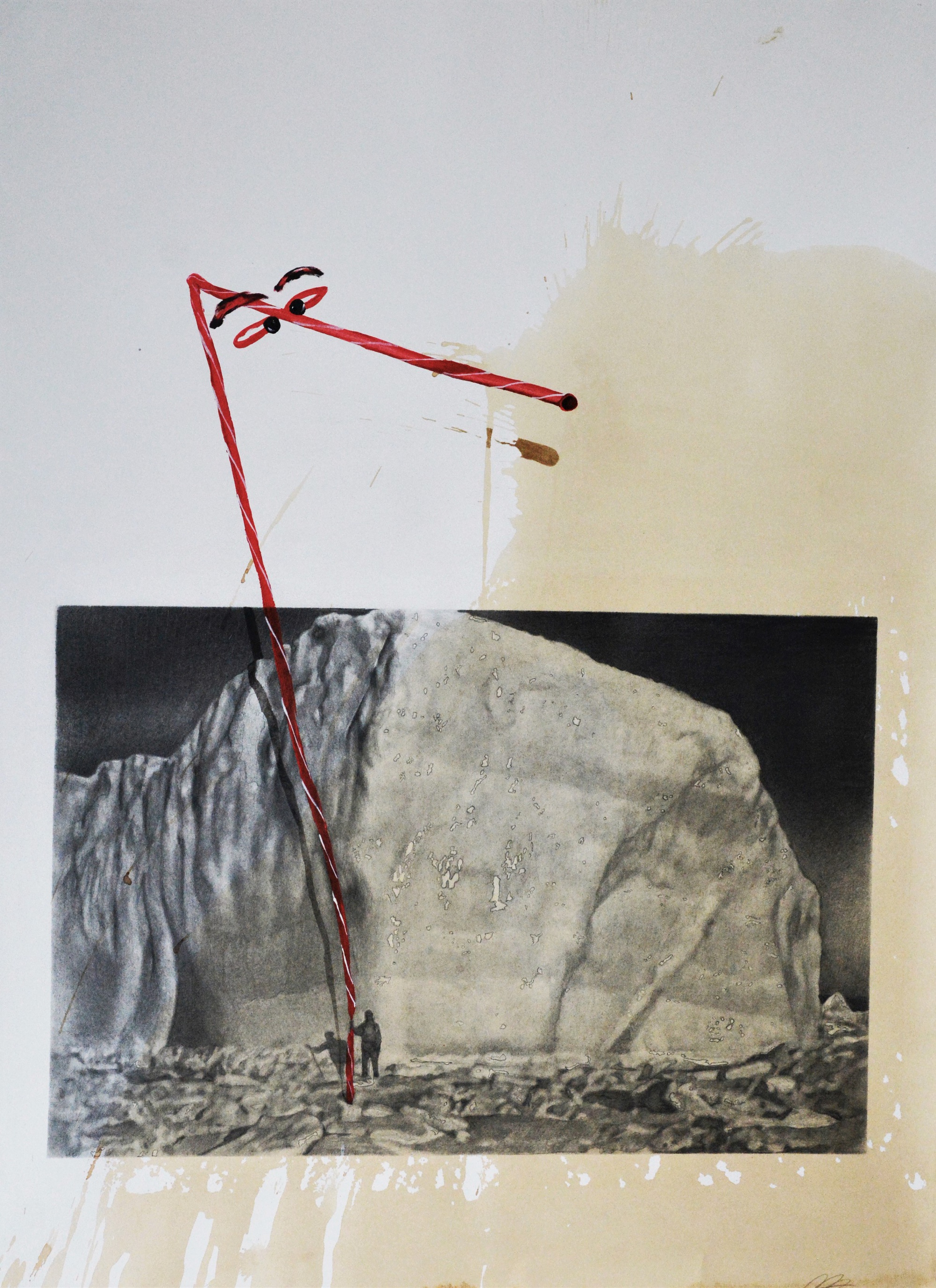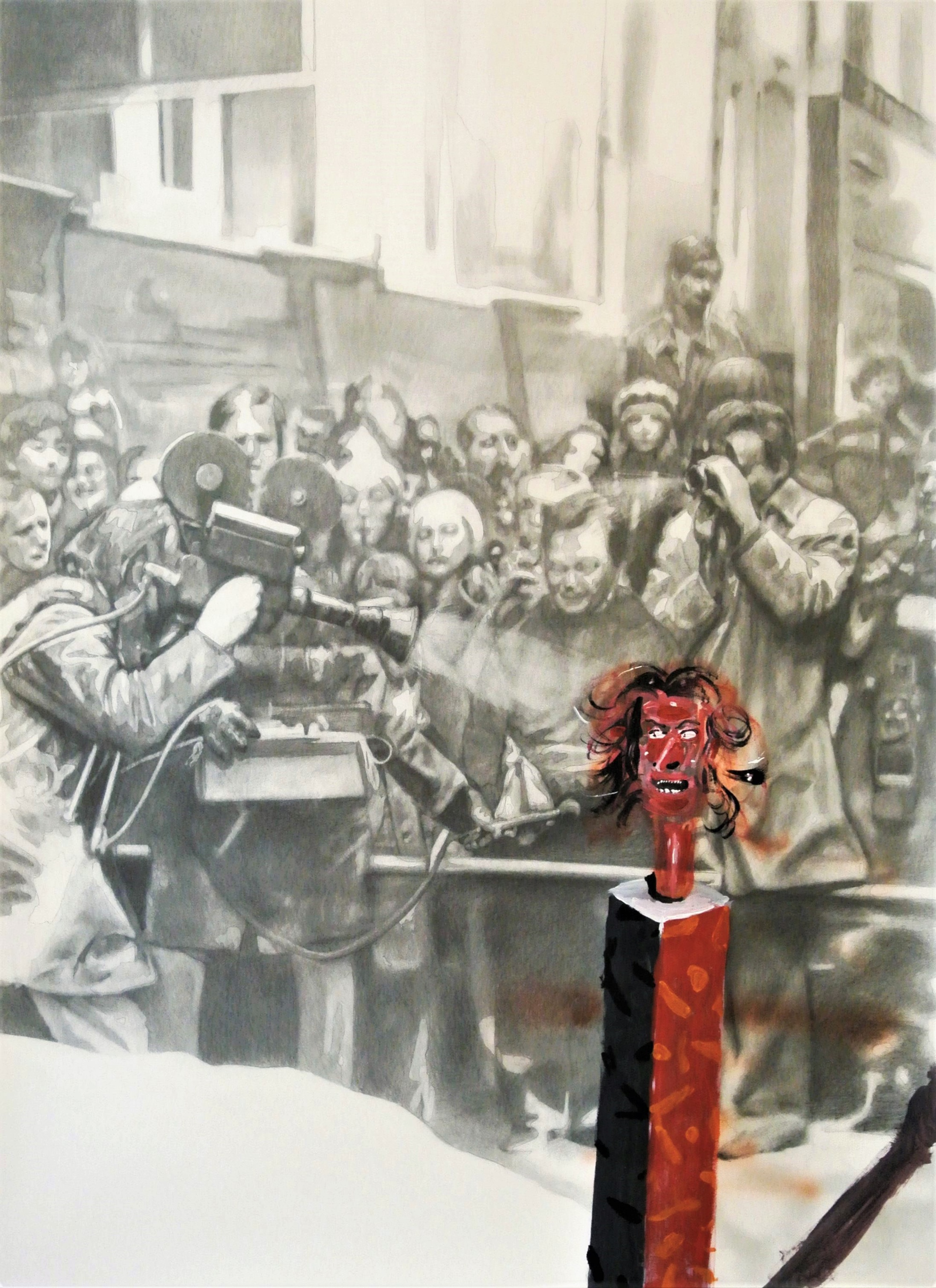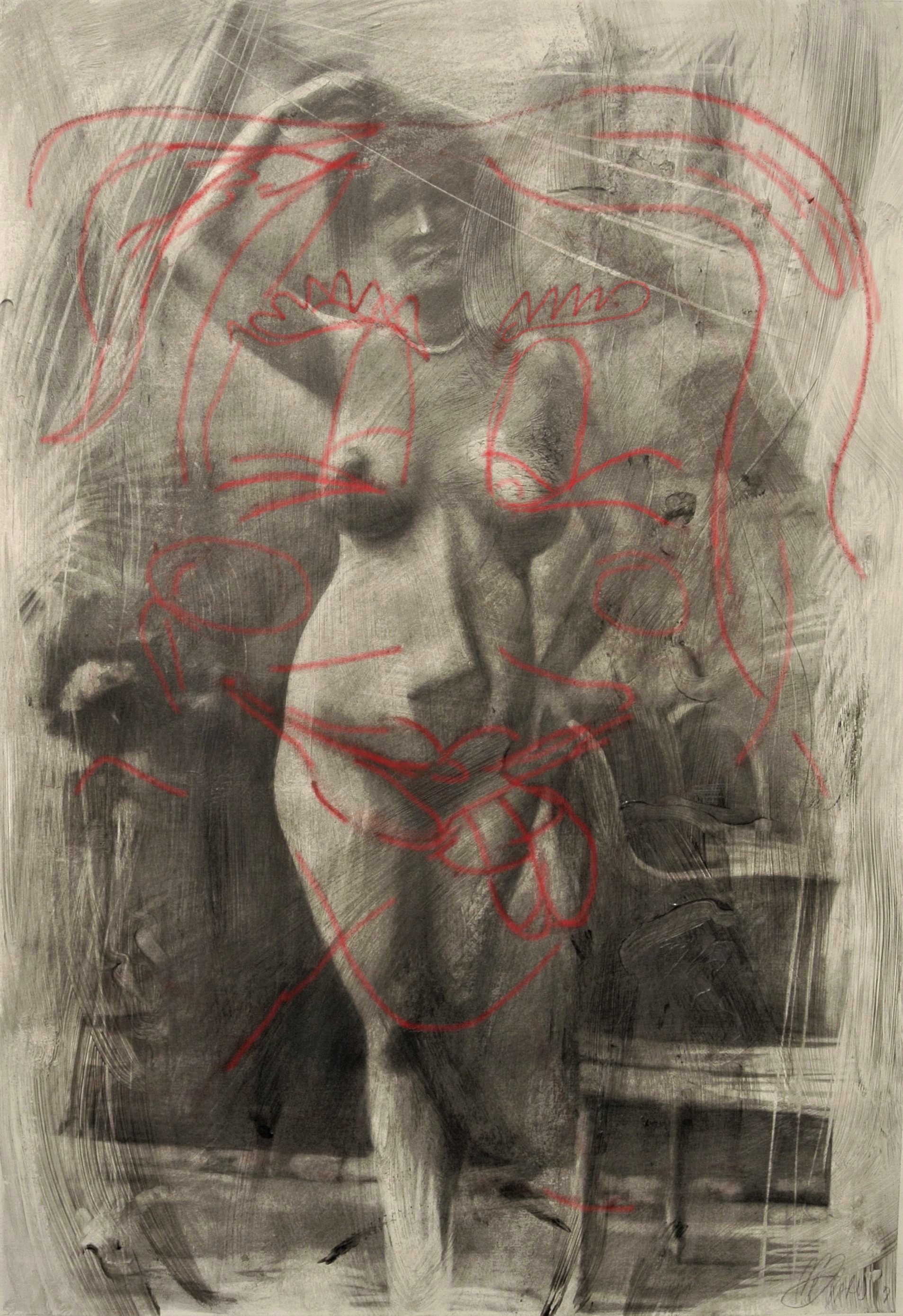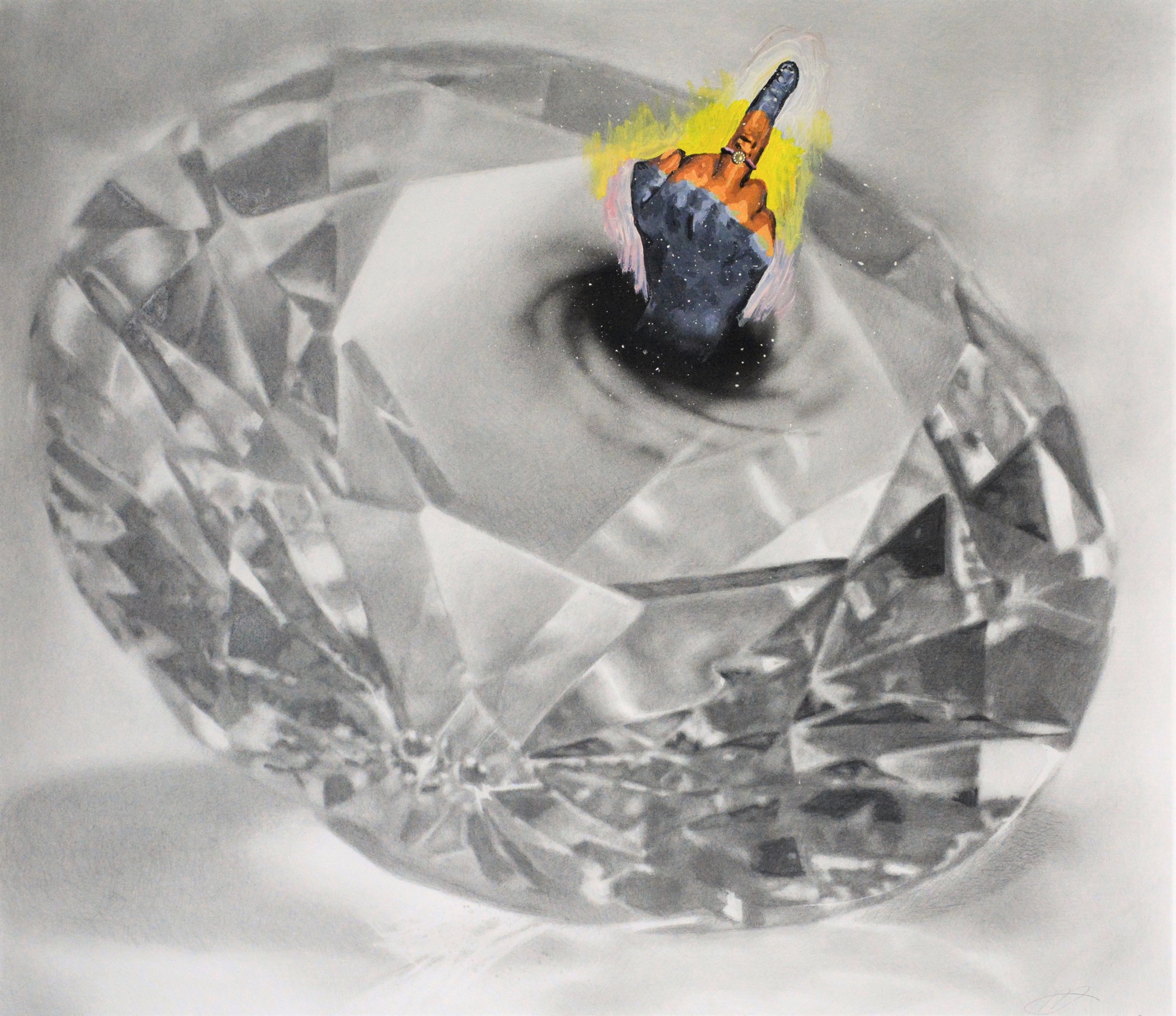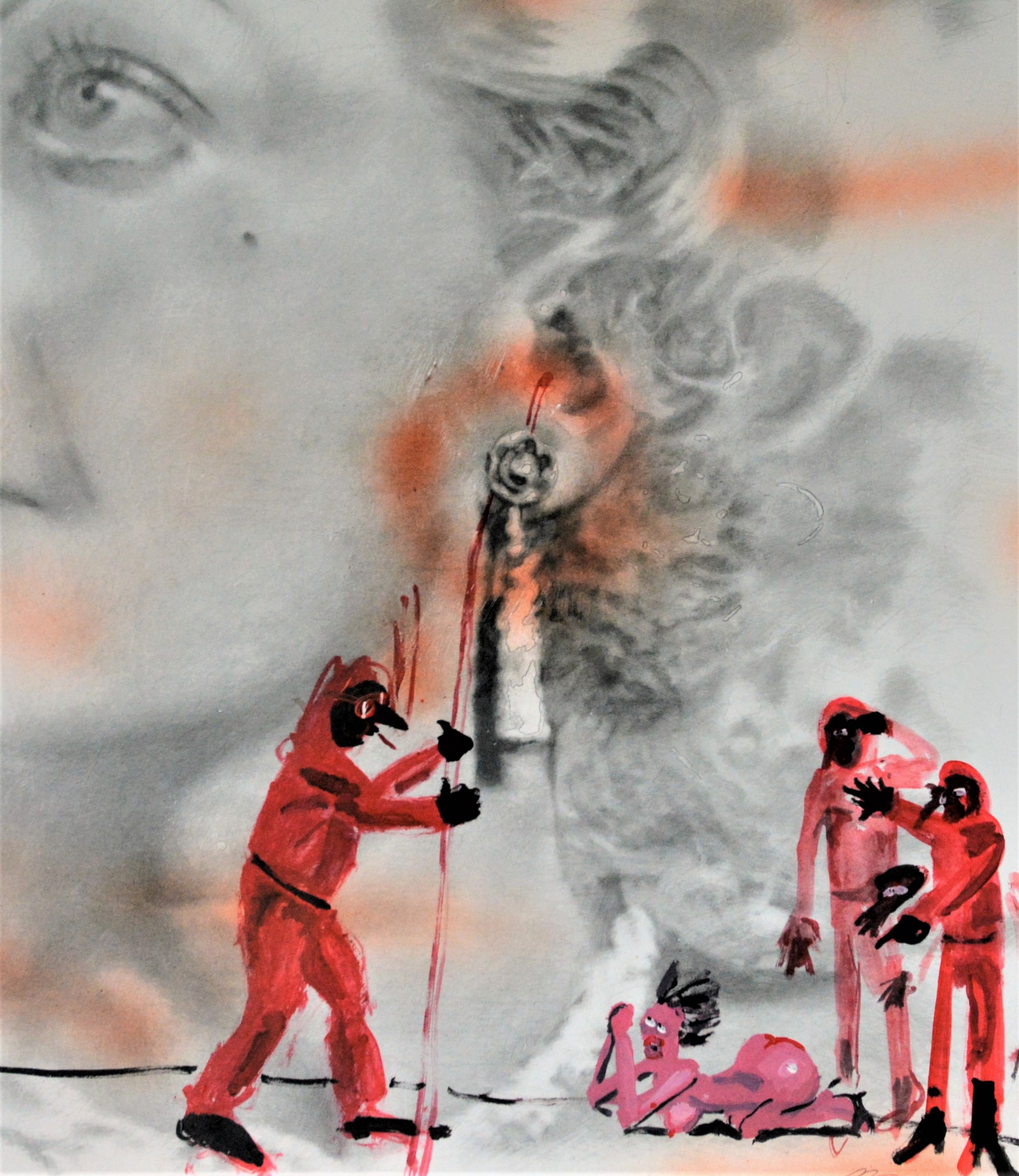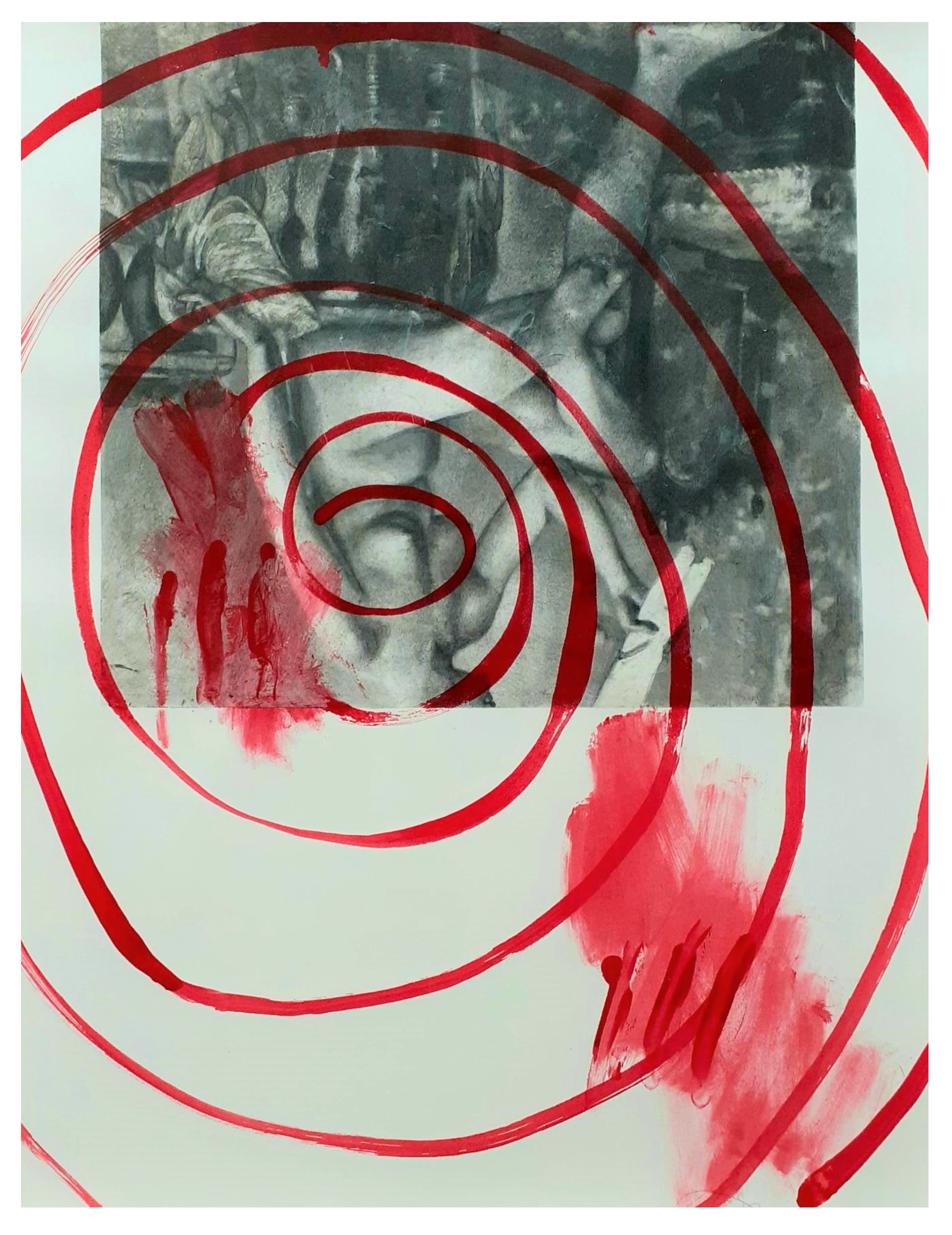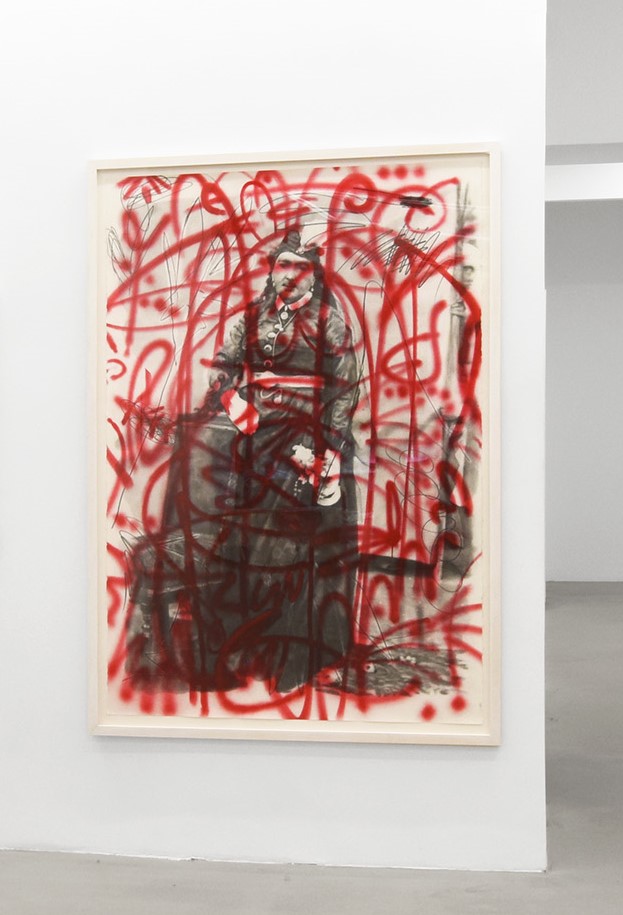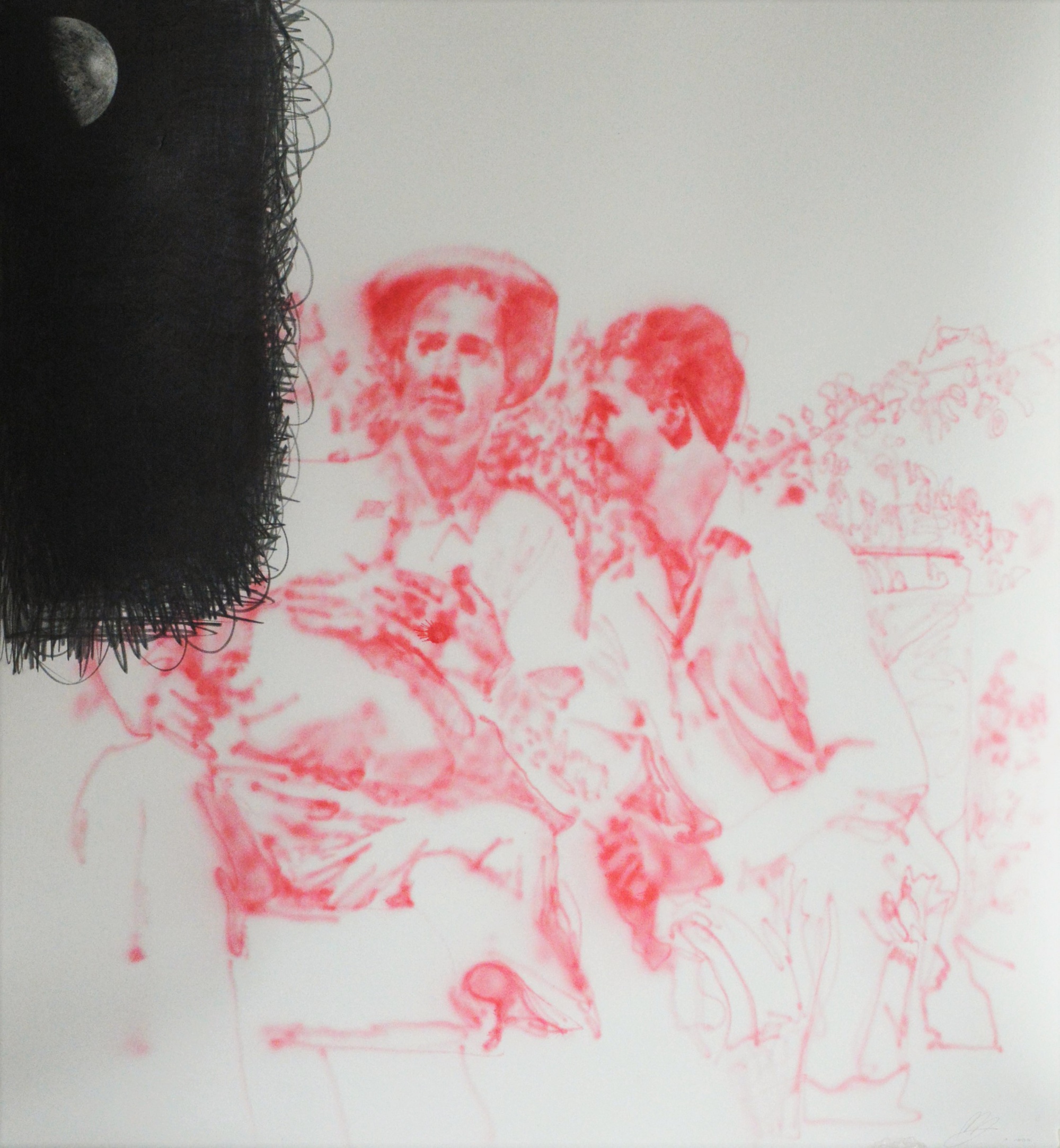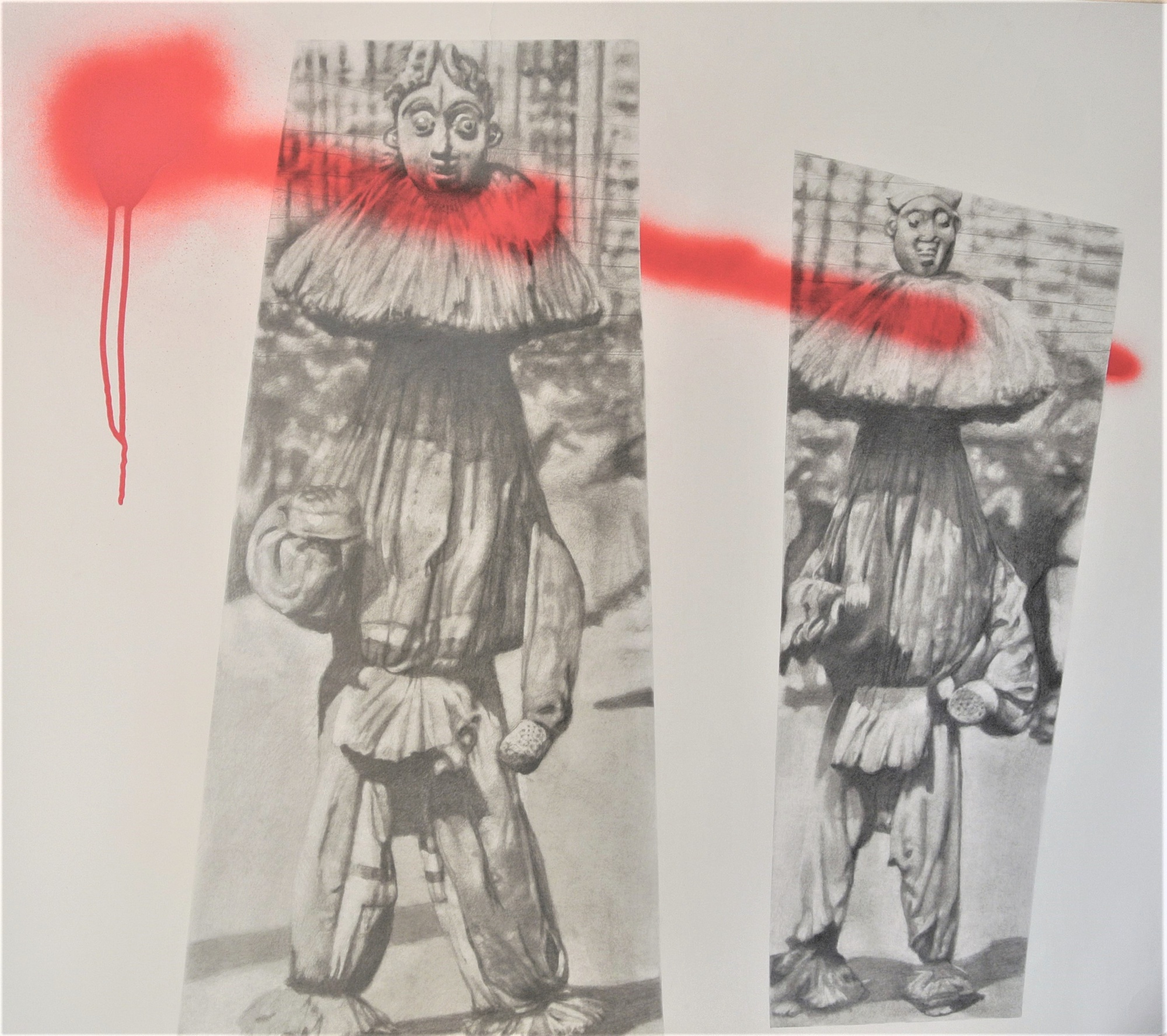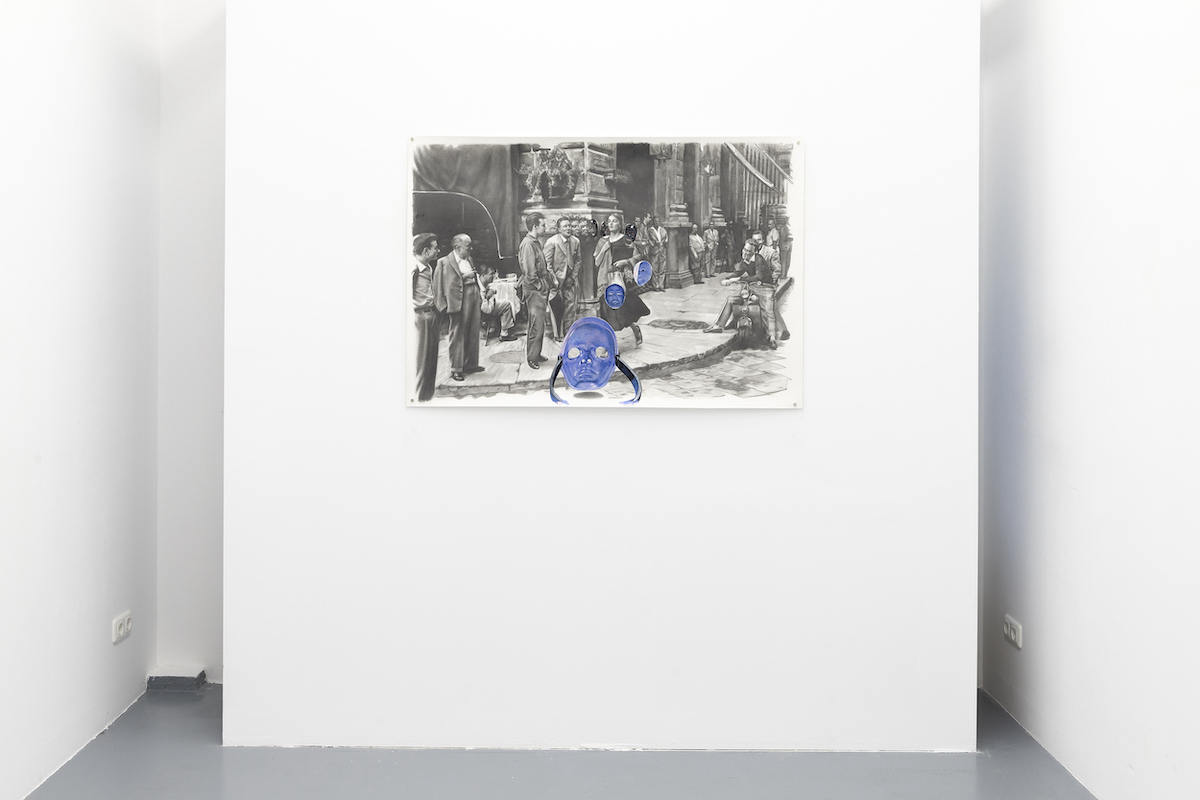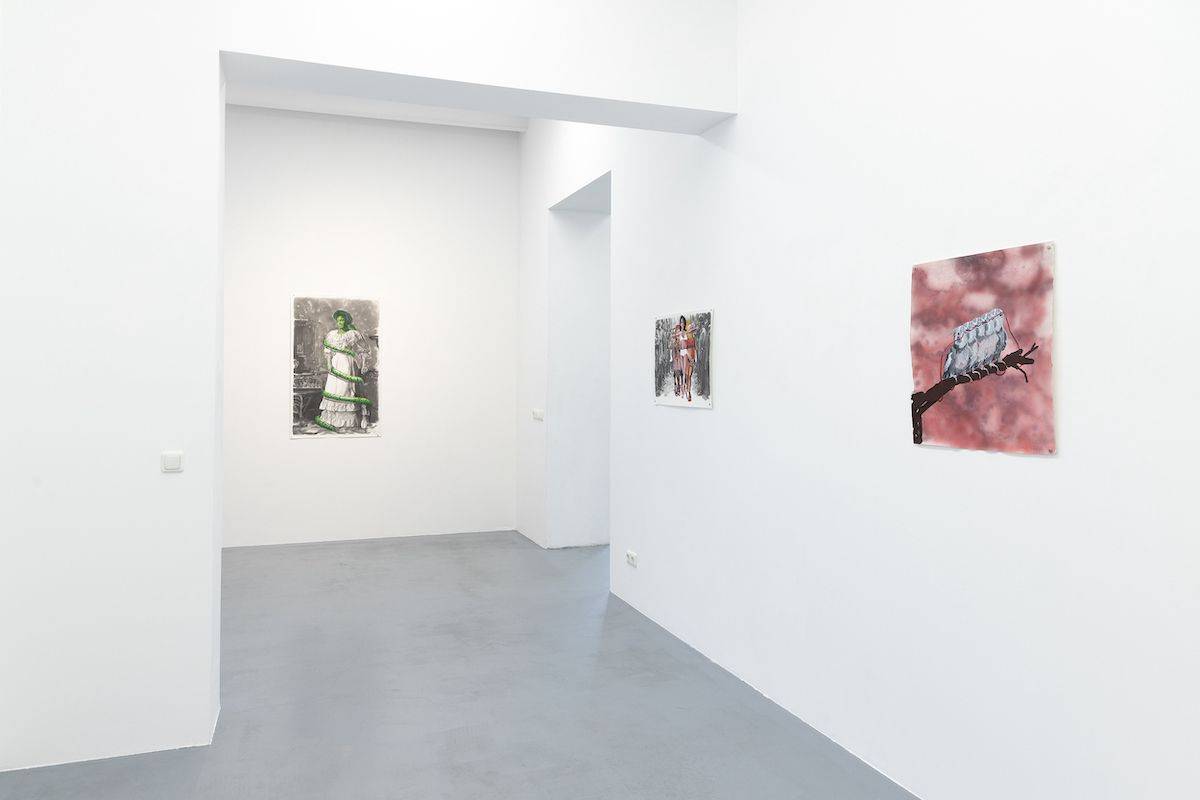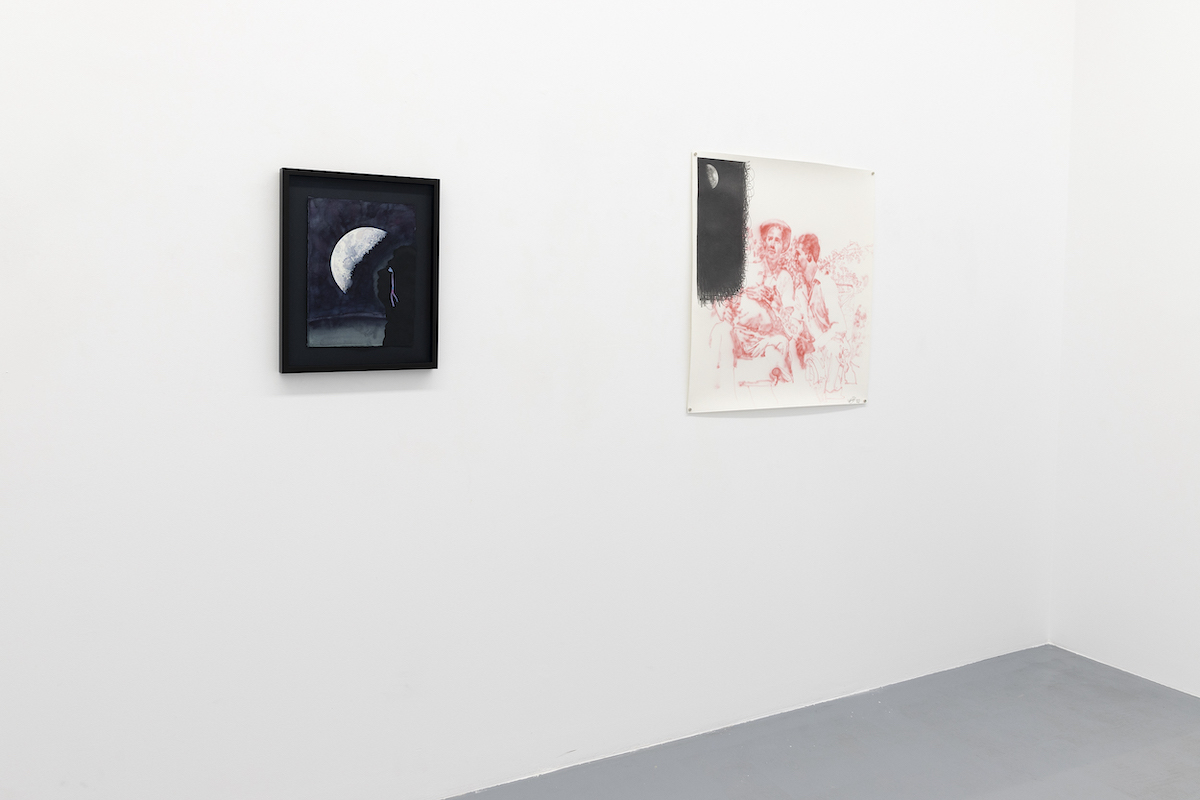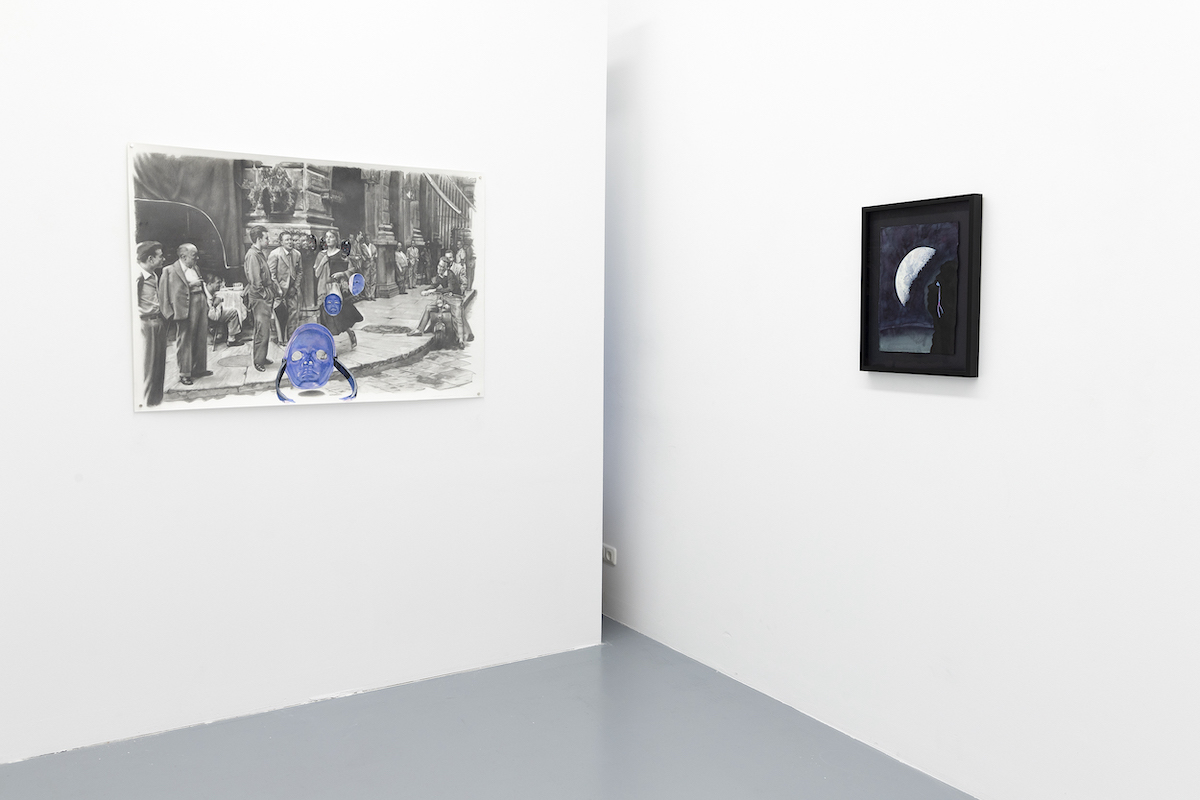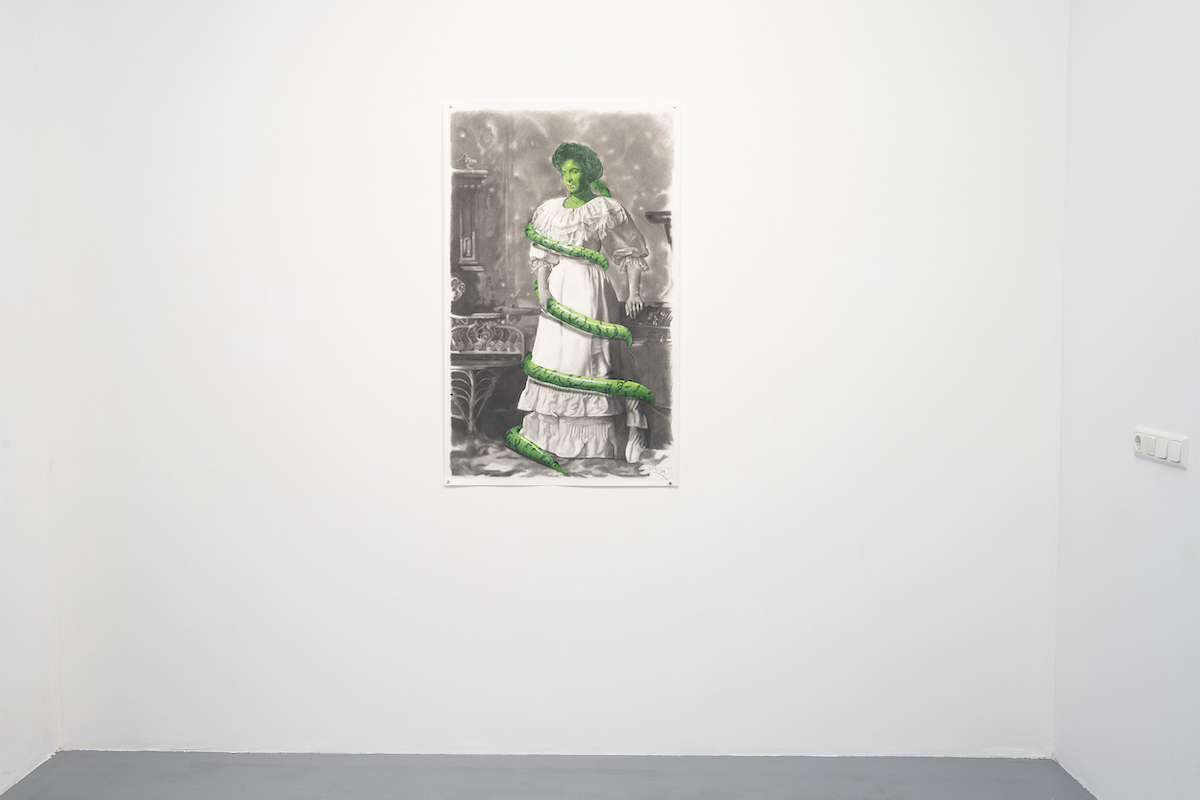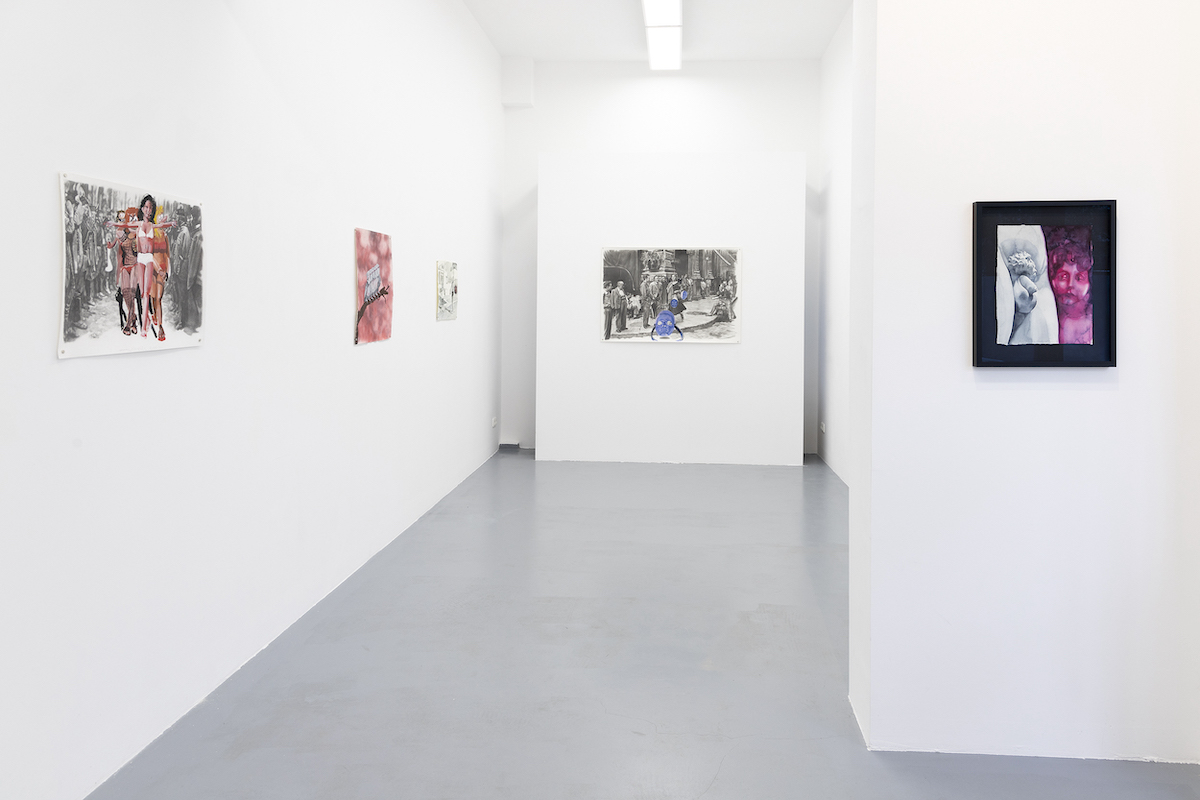Paris Giachoustidis
Solo exhibitions
| 2022 | Duo (with Dominika Bednarsky), 68projects, Berlin |
| Lab, Evelyn Drewes | Galerie, Hamburg | |
| 2021 | Urlaub in Deutschland, 68Projects, Berlin |
| 2018 | Comments in Red, Zina Athanassiadou Gallery, Thessaloniki |
Group exhibitions
| 2022 | Blind Vision: Groupshow, Treptow Ateliers, Berlin |
| TOUCH ME: Nudes from the Miettinen Collection, Kunstraum Potsdam | |
| Das Eigene im Fremden – Einblicke in die Sammlung Detlev Blenk, Museum Bensheim | |
| Art Busan, Busan, Korea | |
| 2021 | Wie bereits eingangs erwähnt, BcmA, Berlin |
| Error Explanation, 68Projects, Berlin | |
| Arte Noah, Kunsthalle Feldbach, Austria | |
| Arche für die Kunst, Kunstverein Bad Saltzdetfurth, Bodenburg | |
| 2020 | Art Walk/Art Athina, Zina Athanassiadou Gallery, Thessaloniki / Athen |
| 2019 | L’artiste et les Commissaires, Lage Egal, Berlin |
| Paris Giachoustidis, Irina Ojovan, Johannes Daniel, Trio Show, Galerie Russi Klenner | |
| All Out, Kwadrat, Berlin | |
| Looking For a D**k, Schau Fenster – Art Space, Berlin | |
| 2018 | Last Dance, Autocenter, Kindl-Institute For Contemporary Art, Berlin |
| Side Effects, Bayer Kulturhaus, Leverkusen | |
| Pnoh/Breath, Greek Emerging Artists, Helexpo, Thessaloniki | |
| Junction, Kosmetiksalon Babette, Berlin | |
| Not In The Mood To Save The World, Codex, Berlin | |
| Demi-Gros, Safe Gallery, Berlin | |
| 2017 | Böse Blüten, Art Center Bethanien, Berlin |
| La Table Ronde, Diskurs, Berlin | |
| Berlin Masters, Max Liebermann, Berlin | |
| 2016 | Kaputt Ist Nicht Genug, Ladenfürnichts Gallery, Leipzig |
| Summer Night Dreams, Kwadrat, Berlin | |
| Sorgen International, H&S Gallery, München |
A painting or drawing rarely reveals at first sight what really makes it special. Moreover, the viewer will not easily get access to or “read” the artist’s intentions, his main idea, or the artistic questions which made him work on this issue. The meaning and the importance of the work in the eyes of the creator therefore frequently remain veiled to the viewer. When taking a closer look on the other hand, it is difficult to return to a “naive”, non-biased analysis of an artwork: We are visually attracted by those attributes of an artwork which stand out in our individual perspective and tend to overlook other aspects.
Paris Giachoustidis is an artist who typically does not provide easy ways to decode his work. We can discover juxtapositions and strata of brilliantly executed layers, motifs or facets (prevalently with painterly gestures) with technically rough components, which seem technically immature or simplistic. Figural and abstract elements are combined on the same canvas or paper, as are depth and surfaces, allegedly contradicting each other. The same superficial disaccord unites the approaches of classical painting, naive and folk art. The idea of using specific techniques is not about flaunting craftmanship in order to represent a composition in a photorealistic way, but a way to introduce a personal perspective on picture material which he found on the internet or in his daily life – it is a process of artistic appropriation of those found pictures. On the other hand, one gets the impression that the artist “destroys” those (pseudo-) realistic elements by adding those allegedly unsophisticated traits, forms, and figures. This conjunction of styles embraces the two aspects. A previous, time-consuming phase of the work is exposed to a high risk of failure and collapse by “ruining” it with a roughly painted layer, a suicidal moment on the canvas or paper. This practice of exploring the frontiers and getting personally involved is intended to develop an innate perspective on aesthetics, which questions the viewer’s habits and comfort – he wants to take us by the hand to reflect on painting and drawing in a fundamental way.
The distance of Paris Giachoustidis from the content of his work, sourcing motifs and themes from social media, can be attributed to the fact that he belongs to a generation which grew up with the internet. The world wide web was created well before his birth, as the first blog is older than he is. Google services were first developed during his early childhood, and Facebook and Twitter were founded during his youth. Instagram, Snapchat and more recent services only appeared when he was an adult. So it feels legitimate to call him an “internet native”. There is a broad and controversial discussion in science about the psychological implications of technology on personal development. It thus makes sense in the case of Paris Giachoustidis that a great many of his points of reference and sources in his oeuvre stem from technology-based interaction, pictures and snippets of text from the internet: His work is not based on the lecture of classic novels or in-person interaction or personal experiences and observations. When a work expresses strong emotions, we cannot assume that they are his sentiments, but rather those of other people. He does not even pretend to try to understand them. Instead, he just reflects them in his own perspective.
This separation of the artist’s person and his thematic world lends itself on the other hand to the coexistence of realistic and idealistic traits, both thematically and technically. It also paves the way for the playful element which is characteristic for his work. Therefore, his artistic personality shines through all the media he works with. Paris Giachoustidis will not provide the code to decipher his work – as already mentioned – he is more likely to confront us with questions rather than answers. His statements, to the extent that they are recognizable, do not have a universal aspiration, but instead remain intentionally anecdotal. Only when we dig deeper into his world are we able to get a glimpse of the reverberation of his philosophical studies: questions about the best of all worlds, society, women, men, the antagonism of nature and mankind will not be answered by him. Instead, he holds a distorting mirror in front of our eyes and serves us some paradoxes and antagonisms in a ludic way. The major issues do not form a comprehensive view of the world but are presented as commented aphorisms from our digital reality. We are provided with a bunch of keys, and our task is to find the doors where they fit.
Peter Ungeheuer

